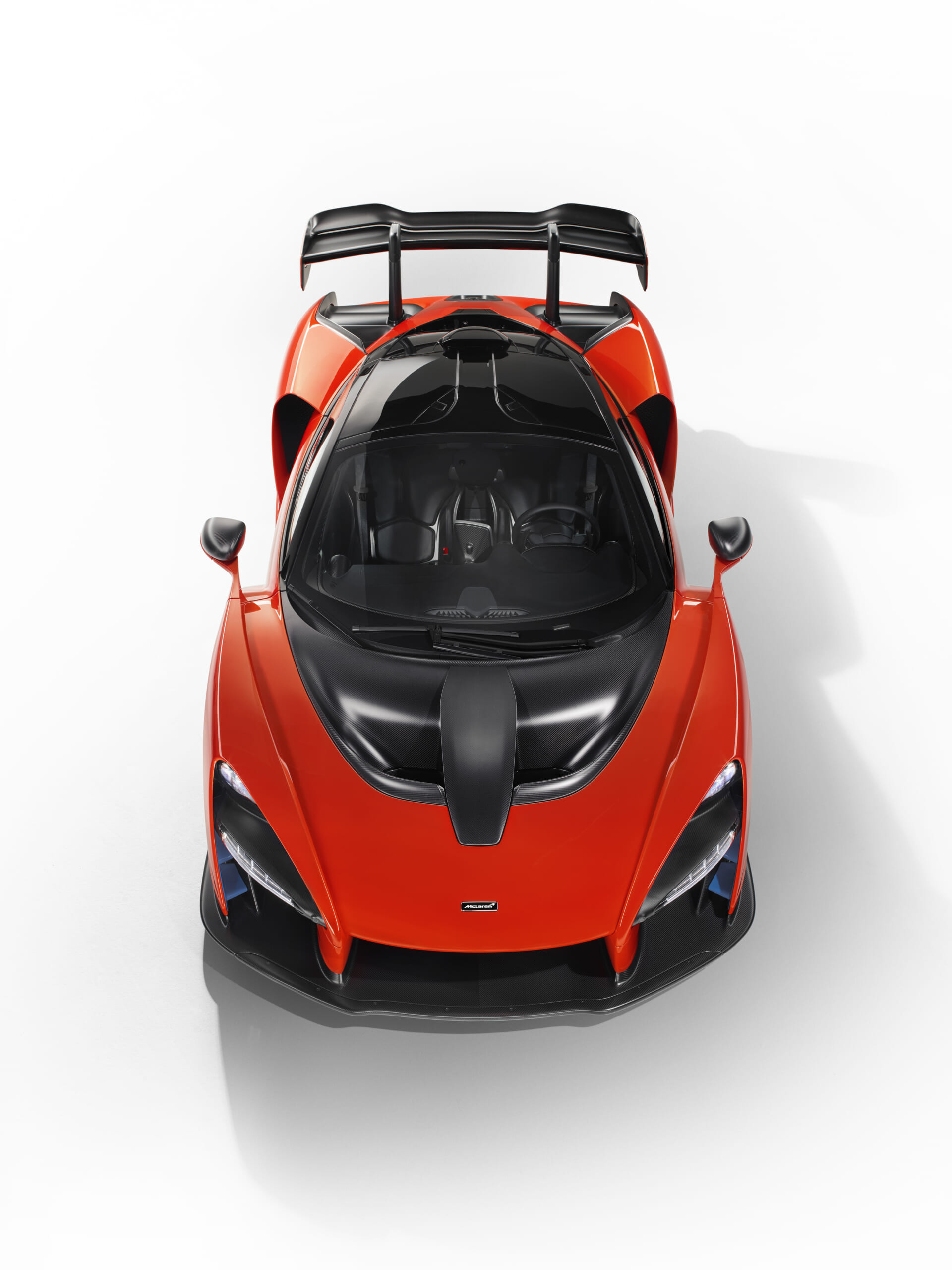The All-New McLaren Senna Is the Ultimate Street-Legal Track Car
In case the P1 isn’t hardcore enough for you.
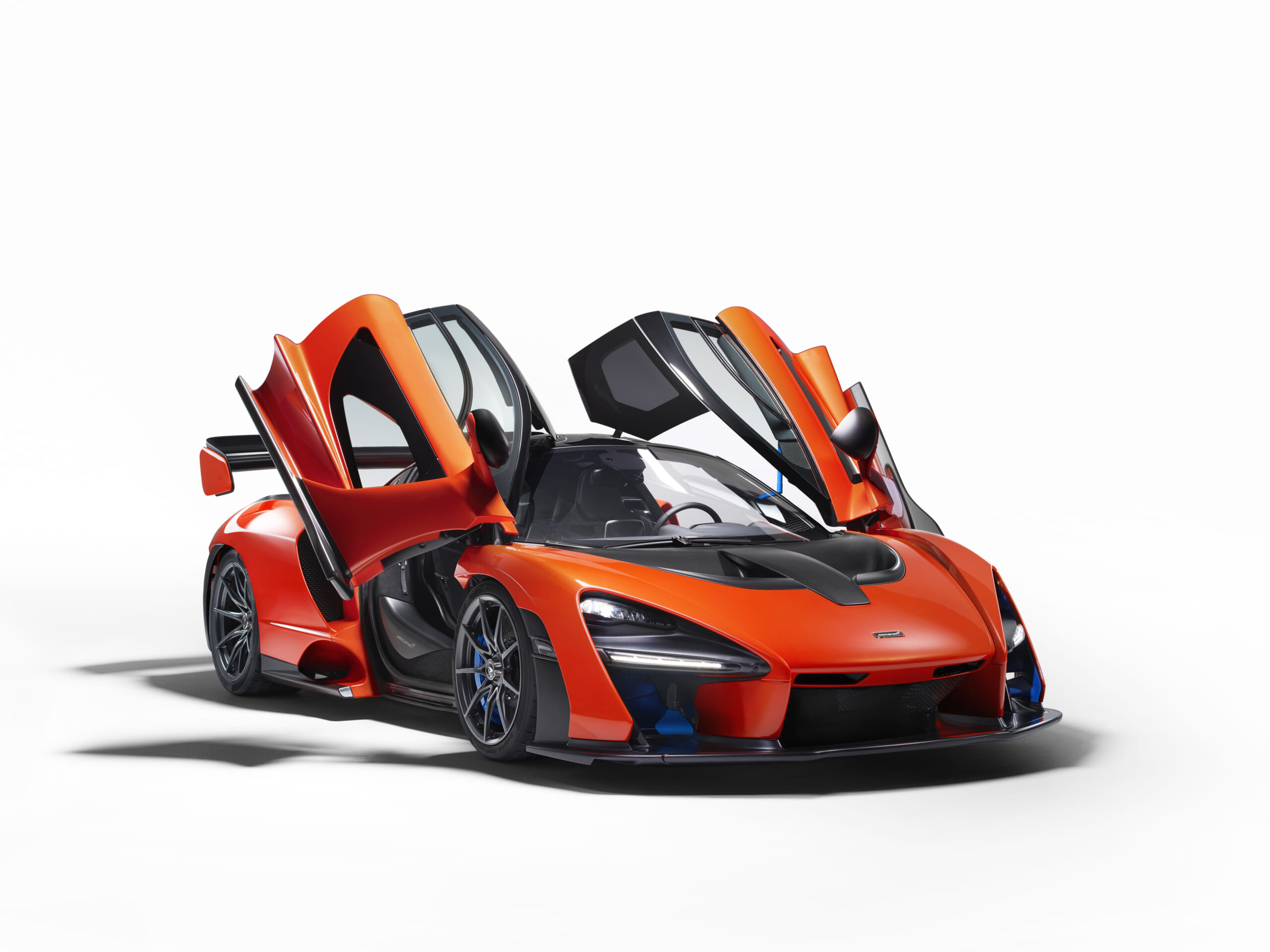
McLaren Automotive unleashed a stunning machine that may prove to be the high-water mark of purely internal combustion-powered sports cars when the history is written. The McLaren ‘Senna’ is propelled by a 789-horsepower, 590 lb.-ft. version of the twin-turbocharged 4.0-liter V8 engine that debuted in the company’s amazing 720S we drove a few months back. The transmission is likewise the same paddle-shifted seven-speed manual gearbox seen in that car.
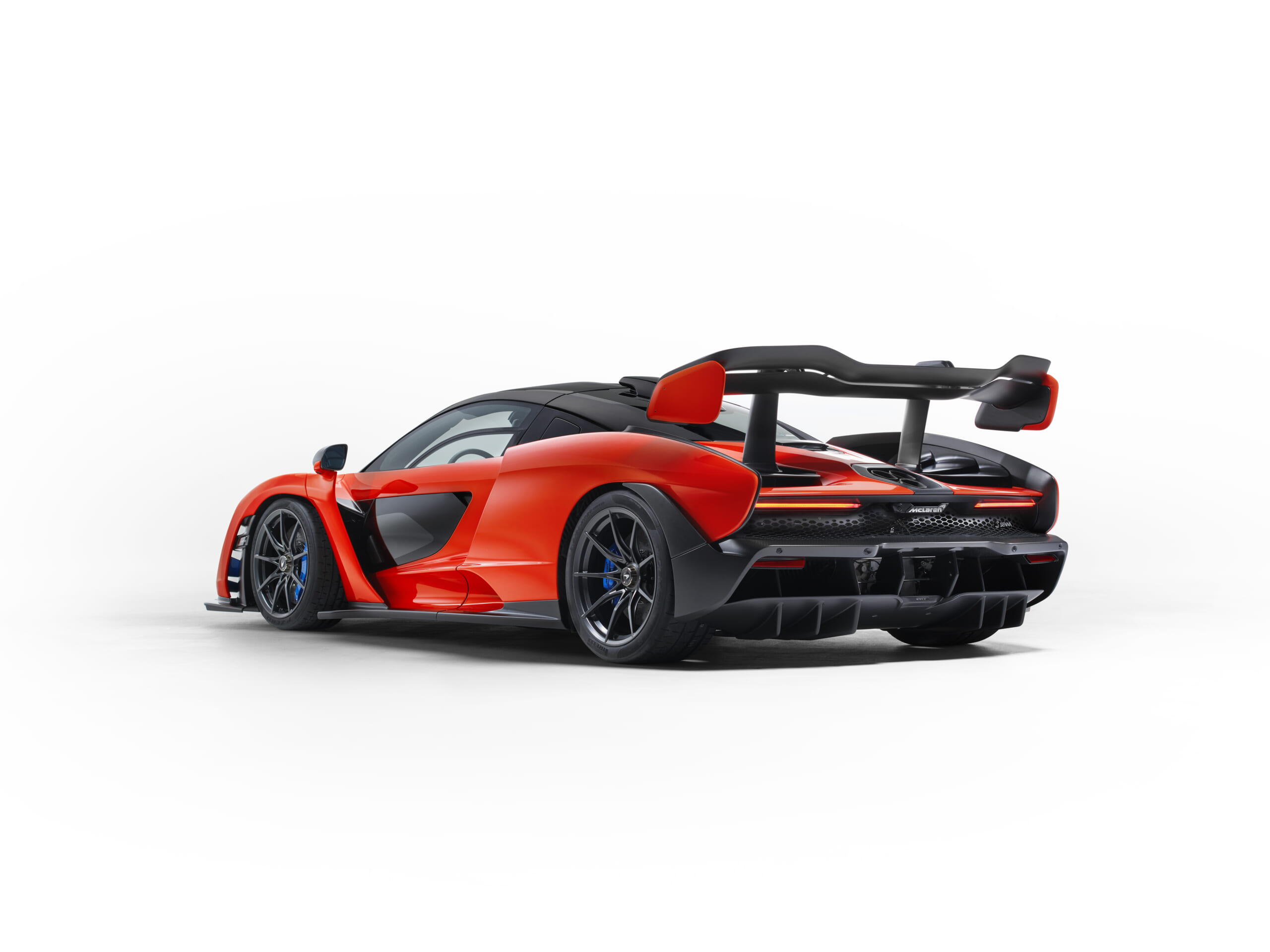
The Senna is the latest member of McLaren’s ‘Ultimate’ product family, the second member after the hybrid-electric P1. But unlike the P1, the Senna eschews hybrid-electric assist motors for a gasoline-fueled vision of performance. Included in this old-school philosophy is a hydraulic power steering system that delivers better steering feel than is possible than the increasingly popular electric power steering systems used by most cars today.
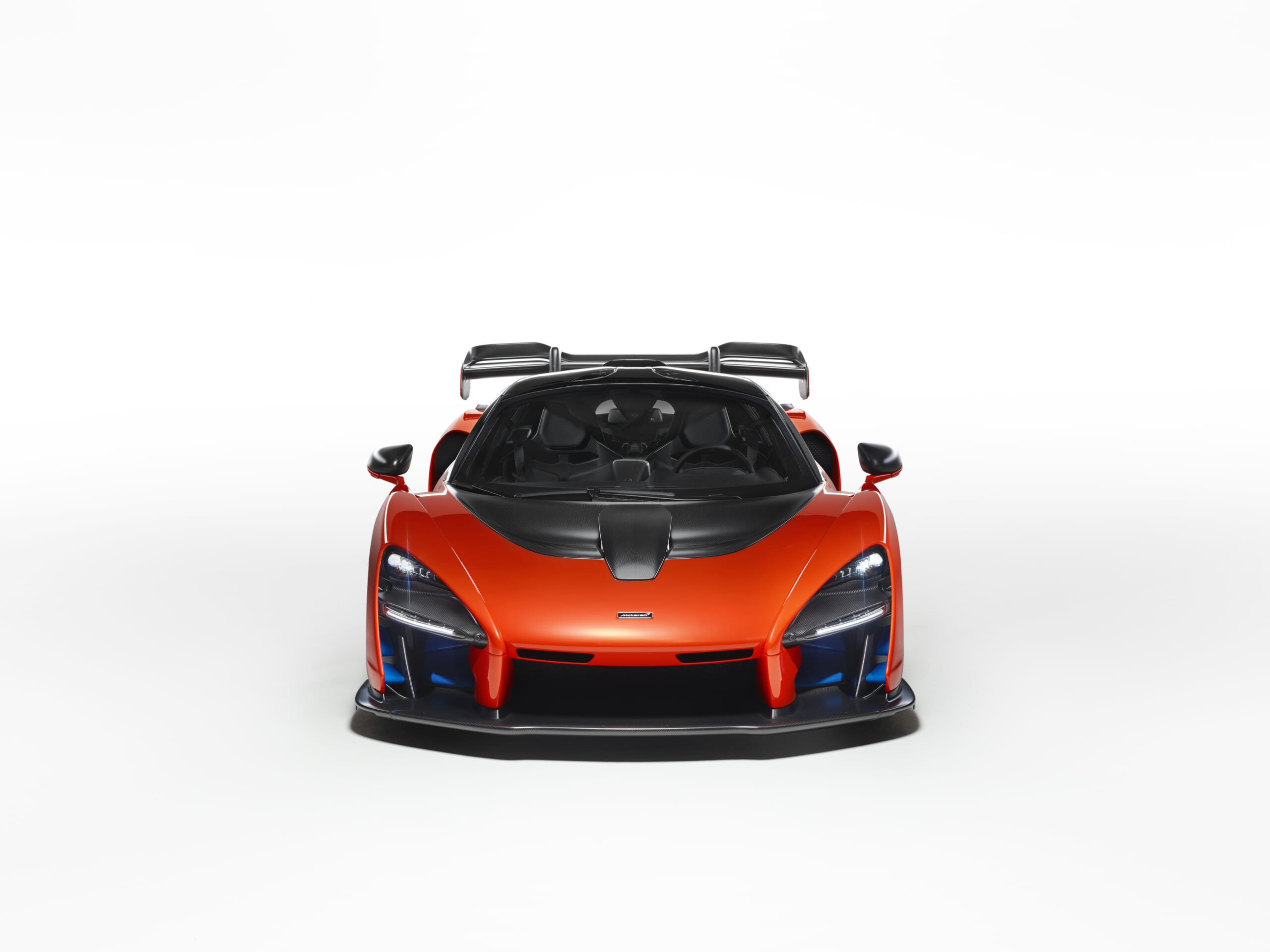
Like the Ford GT, the Senna is built to continuously massage the air it slices through. That means a race-ready splitter in front and an enormous rear wing. Less visible details include a double diffuser mounted beneath the rear end and Gurney flaps ahead of air exhaust vents on the rear engine cover that contribute to more efficient airflow.
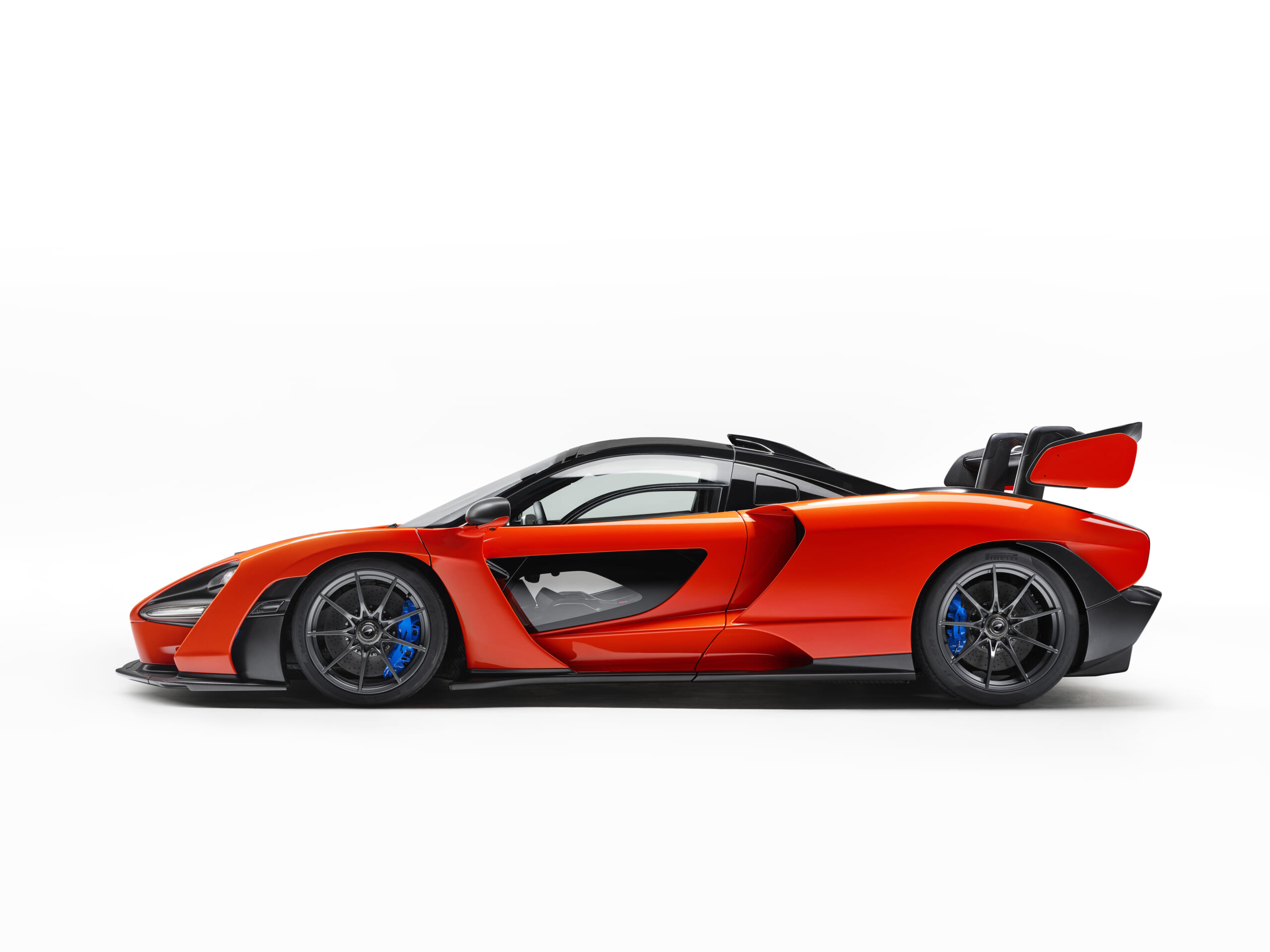
McLaren isn’t ready to talk performance numbers yet, so we don’t know how quickly the Senna will rend the atmosphere, but it has all the aerodynamic ingredients in place to do so with maximum effectiveness.
The engine needs to breath some of that air, so the Senna employs an overhead Formula One-style ‘periscope’ air intake that is as ideally located on this street car as on the late world champ’s McLaren race cars.
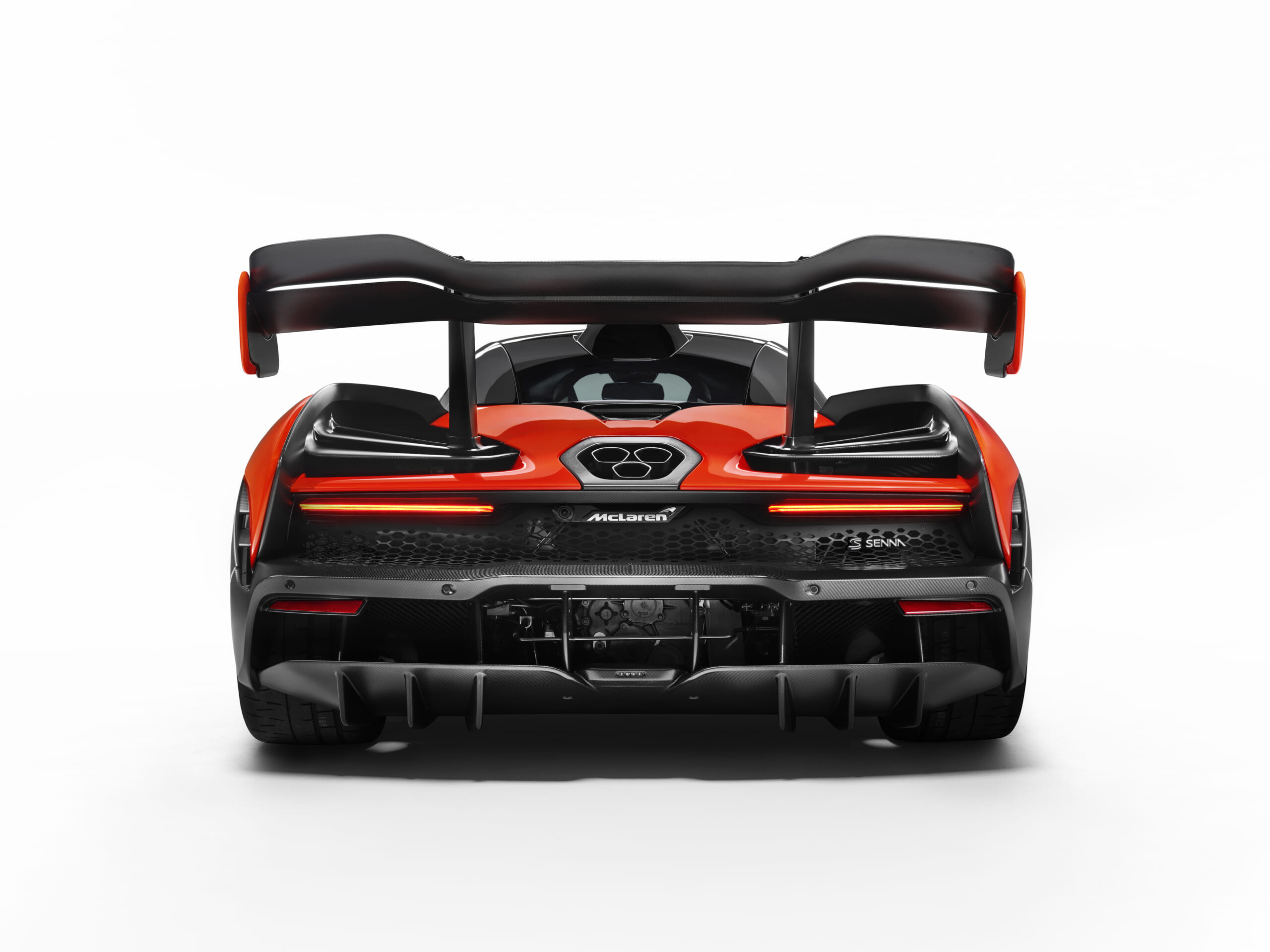
The Senna’s two-element rear wing is fully active, constantly adjusting its angle to suit the situation, which makes it more sophisticated than even the ones on F1 cars.
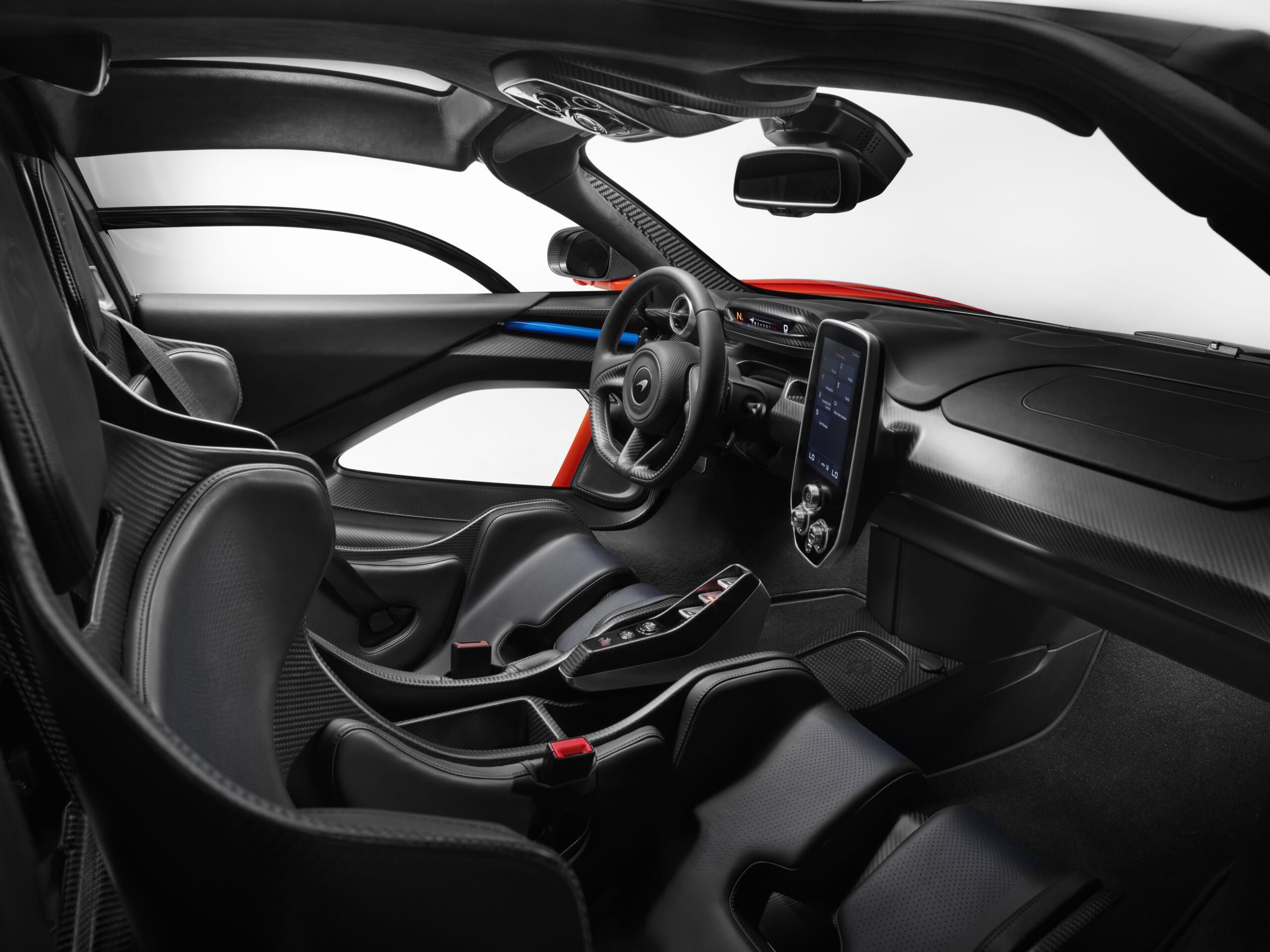
One big difference between the Senna and a modern racecar is that the steering wheel is as devoid of gadgets, knobs and buttons as it was during Senna’s late-’80s heyday. Seeking to keep the driver focused on the task of piloting the car, McLaren stripped the steering wheel clean of all by three buttons to minimize distractions from the task at hand.
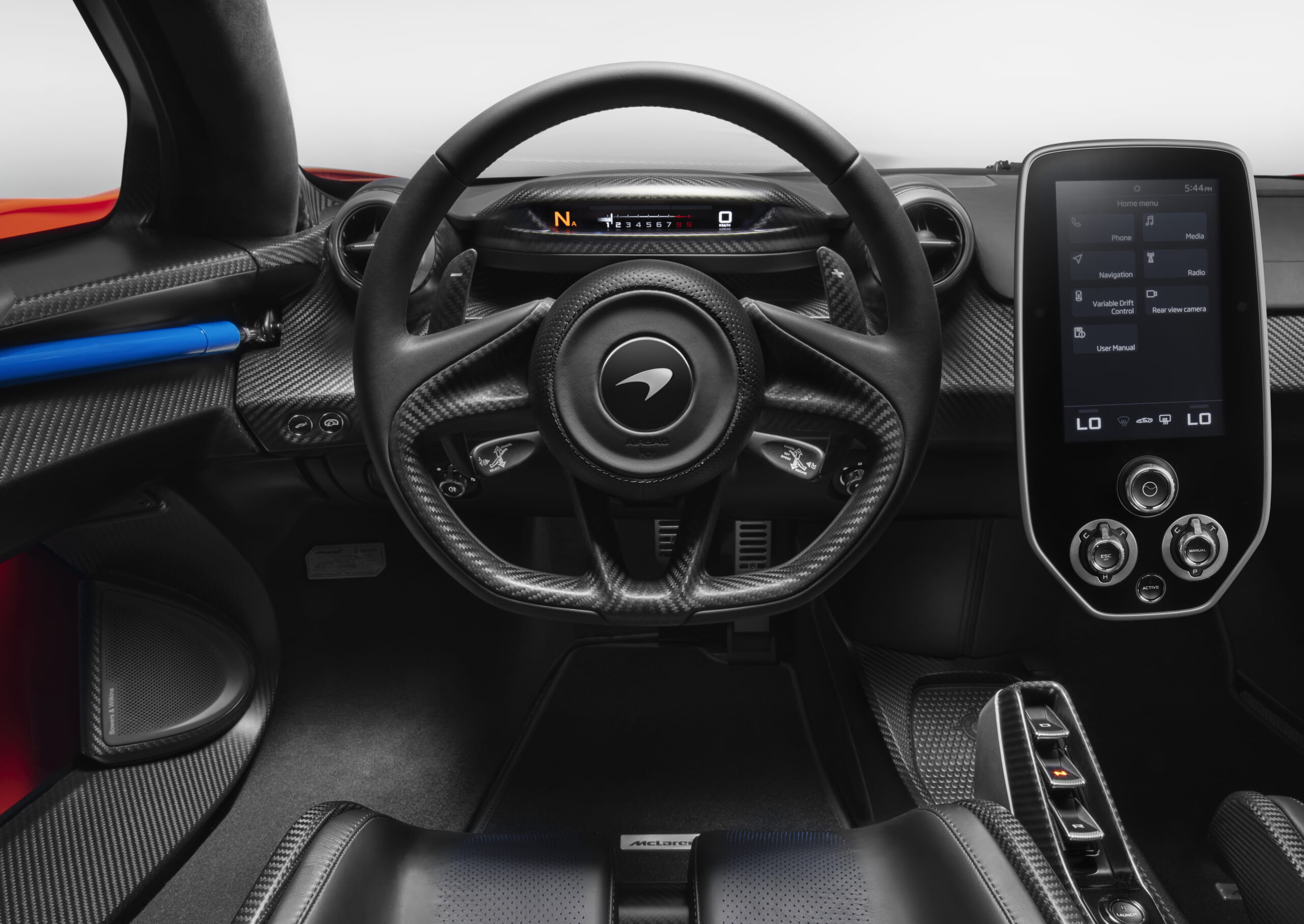
Buttons like the starter and the driving mode selector are located on an overhead pod, while the various infotainment functions are handled by McLaren’s usual vertical video display in the center of the dashboard.
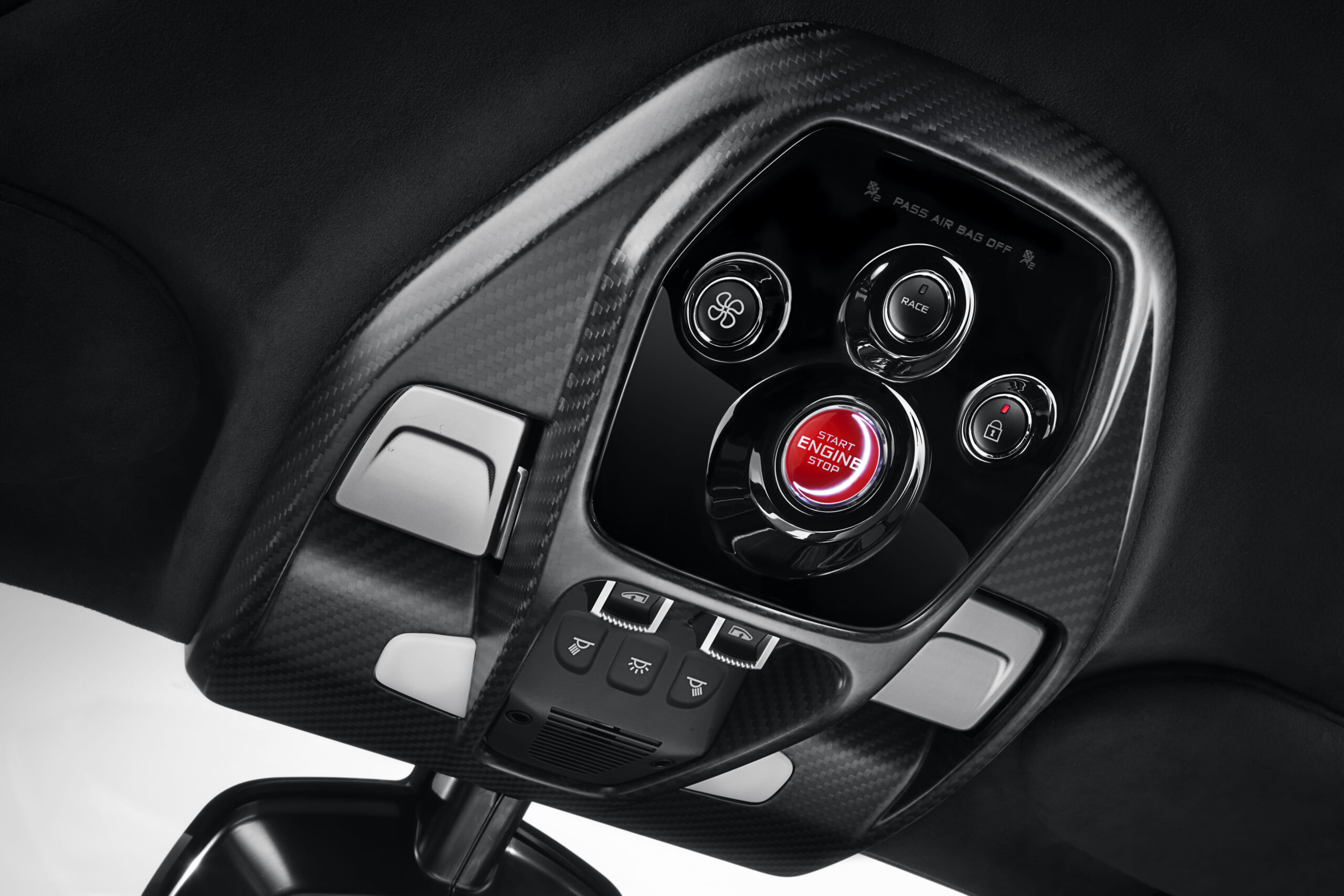
As with all McLarens, the Senna is entirely carbon fiber in construction, contributing to its 2,641 lb. curb weight.
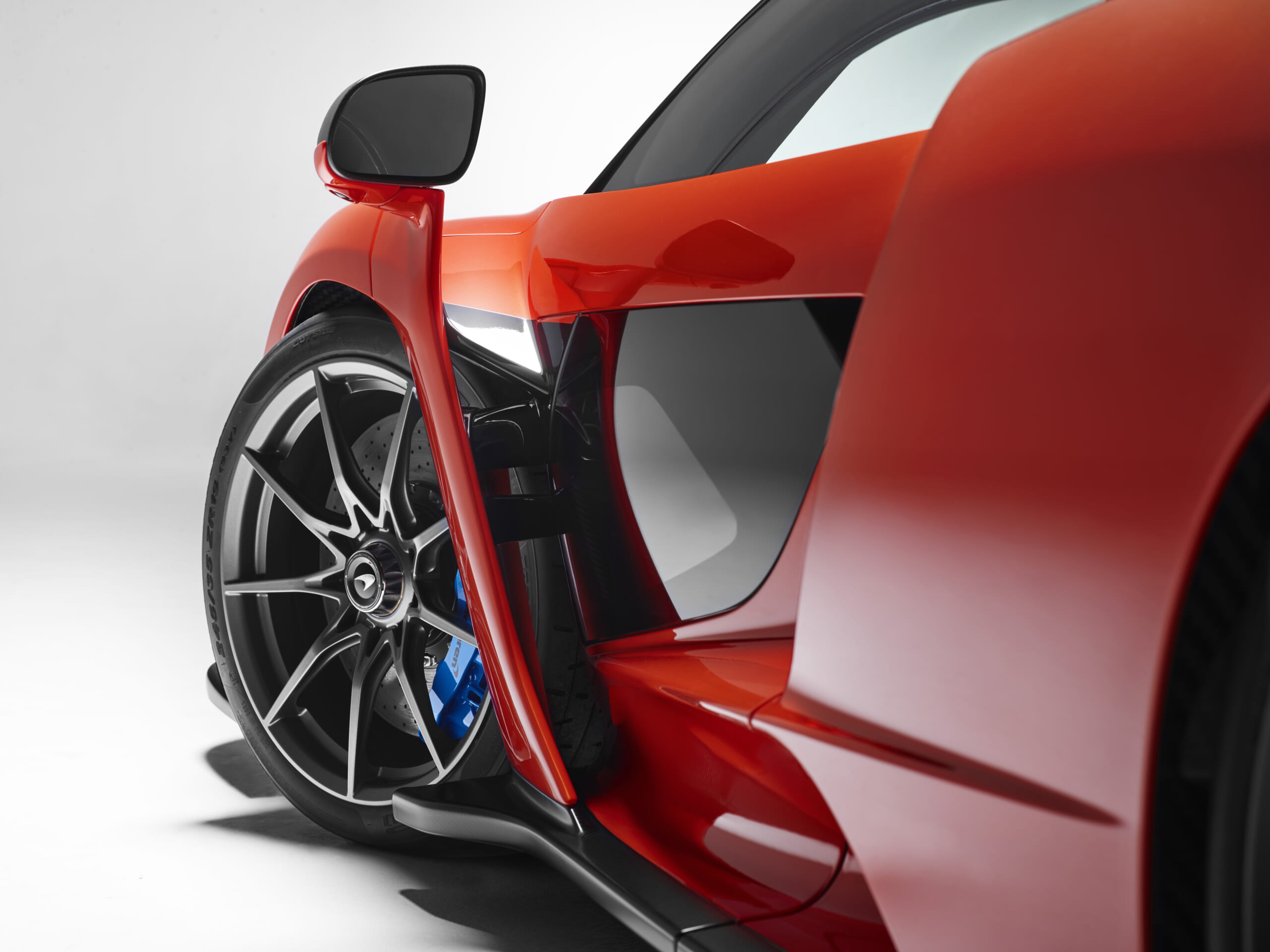
The Senna employs the latest iteration of McLaren’s computer-controlled active hydraulic RaceActive Chassis Control system that connects the suspension at all four corners to control body roll and dive.
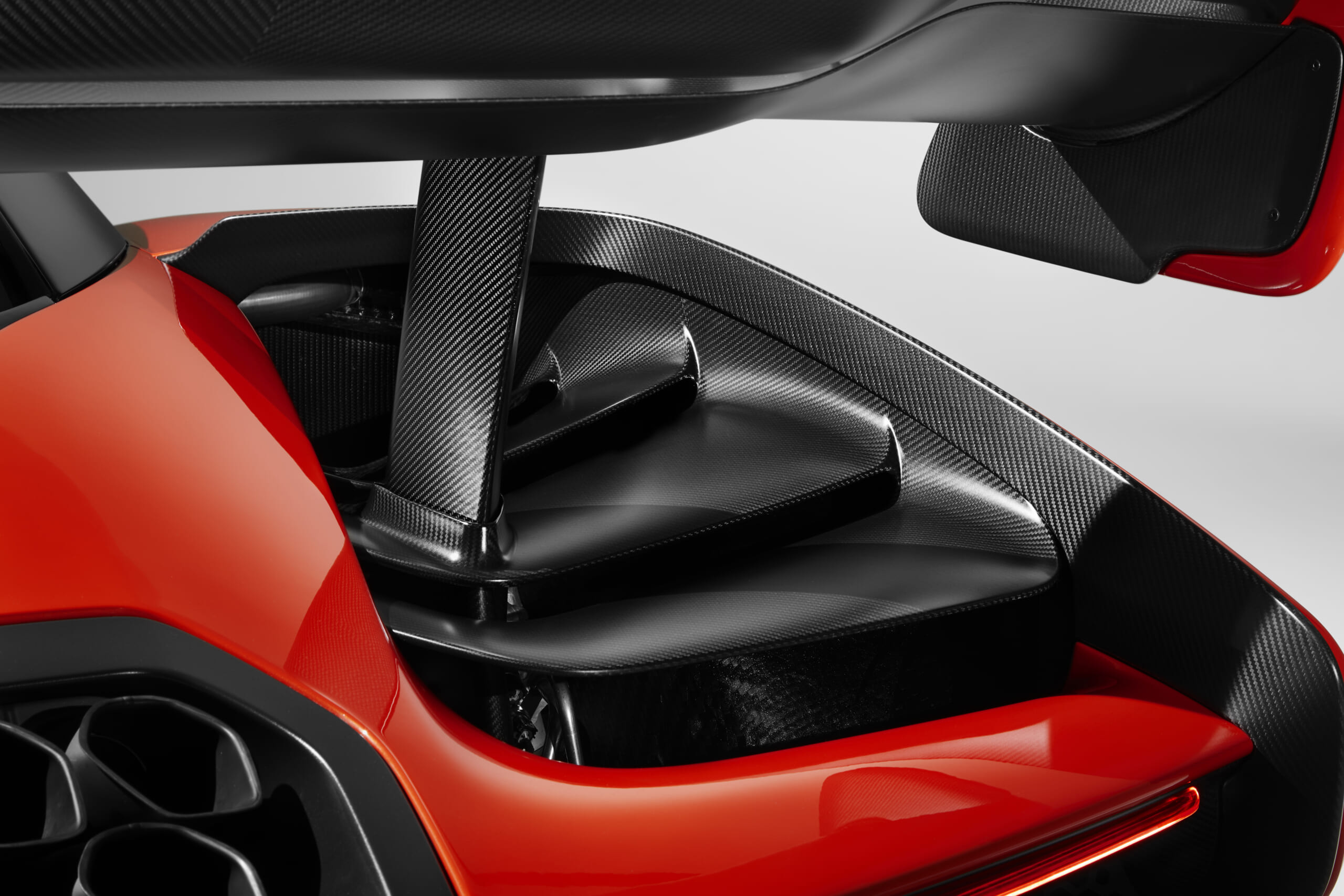
“The McLaren Senna is a car like no other,” exclaimed McLaren CEO Mike Flewitt. “The personification of McLaren’s motorsport DNA legalized for road use and developed from the outset to excel on the circuit.”
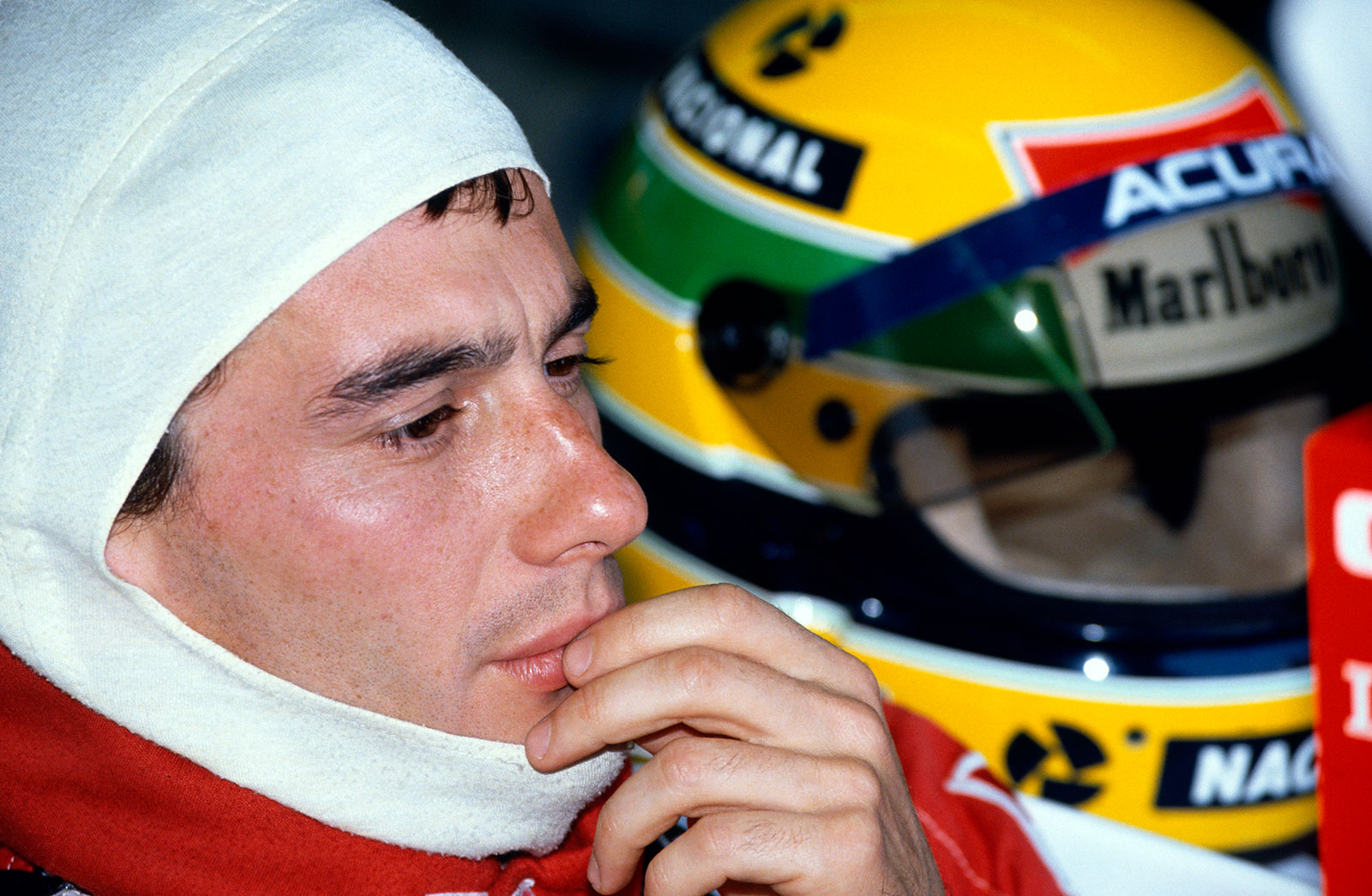
Brazilian driver Ayrton Senna, subject of an acclaimed documentary, drove for McLaren’s Formula One team from 1988 through 1993, winning four world championships for the team. Senna died while racing for the rival Williams team in 1994 after suffering a punctured tire during the San Marino Grand Prix at Imola, Italy.
The McLaren Senna will make its official public debut at the 2018 Geneva Motor Show in March. The price has been set at the current equivalent of $882,000, and Senna production will be limited to 500 cars. They’ll start to roll out of McLaren’s incredible McLaren Production Centre in Woking, Surry, in the English countryside next summer.
